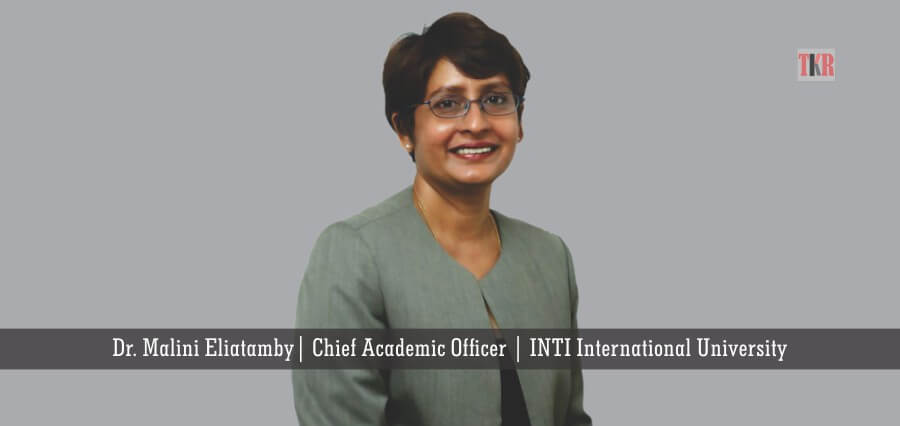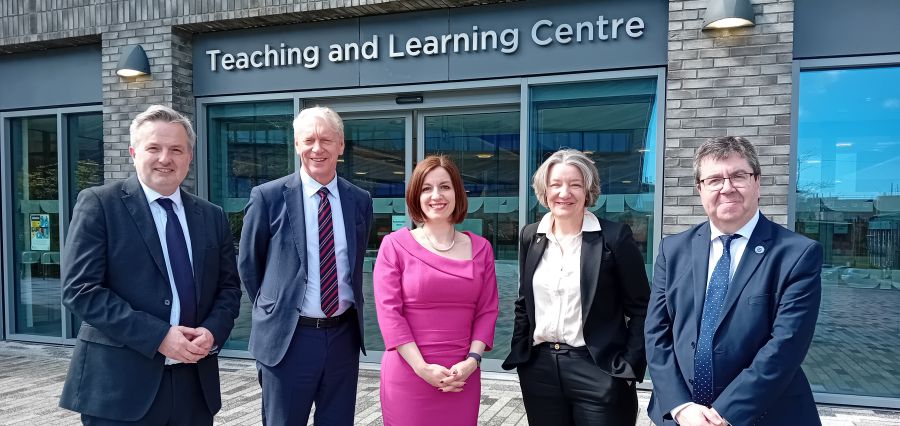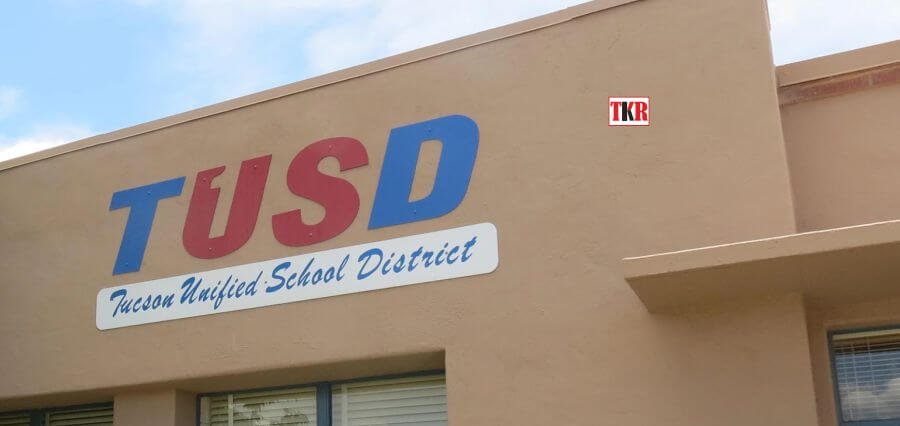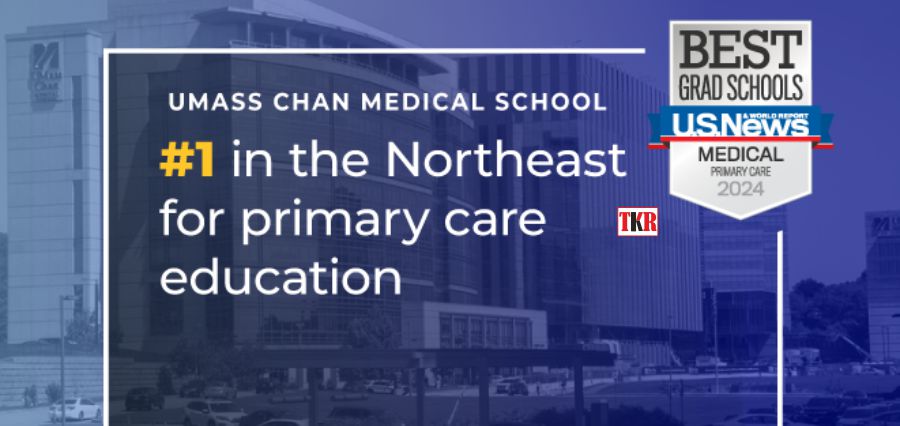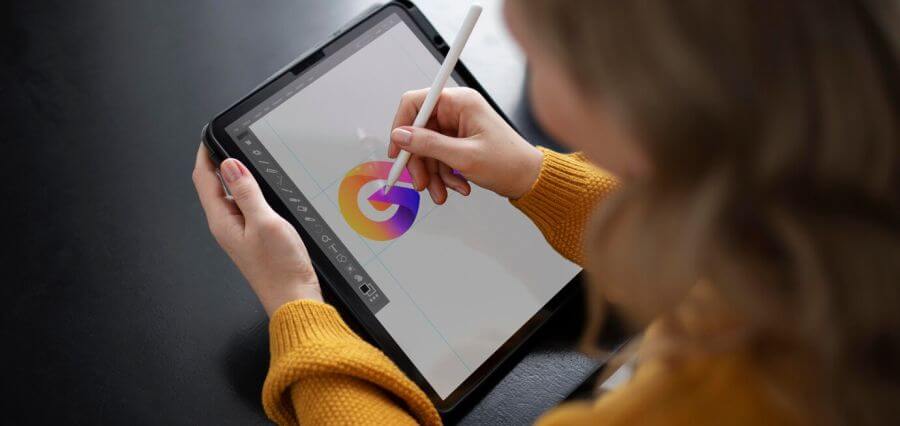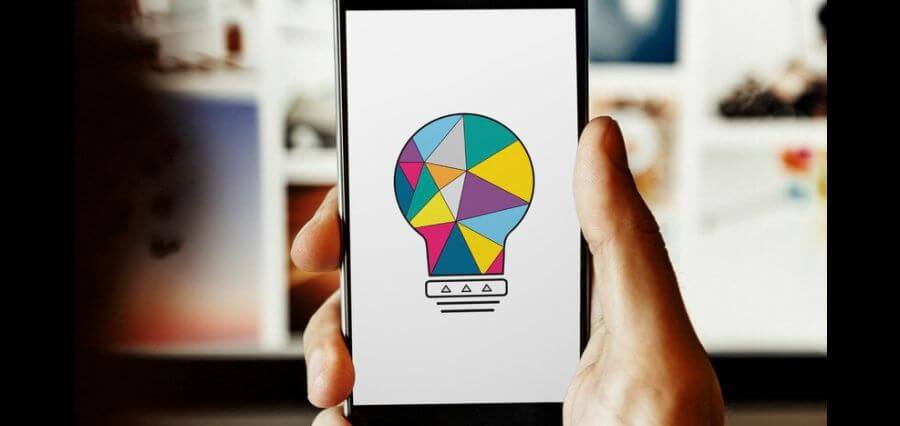Research by the Institute for the future entitled “Future Work Skills 2020 have indicated that students should be developing broad competencies such as sense-making, social intelligence, novel and adaptive thinking, cross-cultural competency, computational thinking, new media literacy, transdisciplinary knowledge, design mindset, cognitive load management (which is the ability to discriminate and filter information) and virtual collaboration. The notion of building competencies for the future, the advent of Industry 4.0, the fact that students today are born into a digital world, only points to the fact that traditional teaching methods should evolve to cater to future needs.
Digital disruption is everywhere. Classrooms, lectures and textbooks are giving way to innovative new teaching methods. One of the major advancements is digital distribution, which means students can experience more personalized content and enjoy greater access to university courses. We have seen this in the Massive Open Online Courses (MOOCs) offered by a variety of providers including Coursera and EdX.
University students are demanding more from technology in the classroom and the campus. Digital natives are entering university with greater digital expectations – they want high-performing technology in their educational and administrative experience which reflects the connectivity that they experience in their daily personal lives. The kinds of new technologies emerging have the potential to transform the student learning experience.
Let’s consider the technology that has helped shape the education industry. At its very core is blended learning. At its simplest, blended learning is “the integration of classroom face-to-face learning experiences with online learning experiences” (Garrison and Kanuka, 2004, 96). It forms the core of which a whole array of technology can be stacked upon. It marks the start of an educational transformation and how we think about education and technology. Blended learning makes learning more collaborative and rides on the concept of getting students more engaged. It provides pedagogical variety in teaching methods and promotes retention.
The online element of blended learning requires a platform where learning out of the classroom takes place, called the Learning Management System (LMS). The rise of the LMS made flipping learning (or better known as the flipped classroom) more popular. It allows for teachers to deliver instruction in a more engaging form, including videos, audio clips, comics, simulation, gamification and interactive games such as puzzles, drag and drop, games, etc. Students can now learn online at their own pace and do some learning activities online before coming to the face-to-face class, allowing for personalized learning to take place, and for learning, boundaries to widen. This could be reading an article, watching a video, listening to a podcast, or completing an activity such as a quiz. Participating in a discussion thread is another popular flipped learning method where students can do their own research, post their thoughts, and reply to their peers in a respected full way. This creates a good level of engagement and collaboration among students.
Blended learning has also transformed the role of the teacher to a facilitator where they create content for blended learning, facilitate the students learning and encourage collaboration, crowd learning and crowdsourcing for information. Teachers can use technology to create, implement, and measure personalized lessons. They can use the digital tools to gather immediate feedback and use the information to customize subsequent lessons.
With technology, the model and design of assessments have also changed, allowing teachers to design flexible and innovative assessments such as virtual discussion threads, blogs, wikis, video-based assessments, or even a comic created with animation software, etc. This mirrors the world that the students live and will potentially work in, and students are further motivated when they engage in tasks that they perceive as preparing them for the real world, indirectly developing a host of useful competencies for the future.
Mobile learning is also moving at a rapid pace as smartphones become a norm. Students can access the content anywhere anytime at their own pace. Teachers are now using the many apps available in the android and iOS platforms to aid the learning process, create excitement in teaching and engage students. Apps like Kahoot and Socrative create a gamified presence in the classroom and engage the students.
Technology also allows for learning on the job or real-world learning to take place. This is super critical in the age of industry 4.0. Once a student has learned a topic online or face-to-face, they could reflect their thoughts online, complete a piece of assessment online, collaborate with their peers online, and then collaborate with fellow working students from various organizations online and apply their new-found knowledge to their real world of work and share their findings or issues for further discussion with their peers. This form of crowd learning is very powerful and fuels innovation, which is so apt in the advert of Industry 4.0. Another form of application is when industry practitioners connect to students via video streaming platforms to share their knowledge or to mentor students. This is the best way of learning as knowledge is up to date and relevant, supported by technology.
The use of videos is another powerful form of learning. Students today are one of the biggest video curators and consumers. Videos are the best way to engage learners. Videos can be self-made or sourced from channels like YouTube.
In addition to this, the use of social media in teaching and learning helps to build collaborative communities, increases participation, and encourages debate. Today it has become a norm to integrate social media into the LMS or into students learning.
Augmented Reality and Virtual Reality is another hot technology shaping education today. Augmented Reality animated content in classroom lessons could catch students’ attention as well as motivate them to study. Some examples could include adding extra data, fun facts, historical data about sites or events, visual 3D models, which would give students a wider understanding of topics. This is in addition to making the content more interactive and engaging. With Virtual Reality, learning can be immersive and similar to the real world or it can be fantastical, creating an experience not possible in ordinary physical reality. This makes learning and assessment more meaningful.
Other technologies such as Google Translate are equally powerful for studying foreign languages without a dictionary or for use by foreign students. Another powerful development is the use of analytics in education which can help to transform back-office functions, allowing administrators to create a 360-degree view of the student to enhance their university experience. It also allows the teacher to offer a more personalized learning experience to the student.
Technology is certainly reinventing and reshaping the education experience of all students. The future classroom will no longer look the same as it is today. We are entering exciting times and learning will be more sophisticated and competency-based as we progress.
About The Author
Dr. Malini Eliatamby is the Chief Academic Officer of INTI International University and Colleges, Malaysia. She is an accomplished practitioner in curriculum design and development, strategy formulation, digital strategy formulation, academic model formulation, educational technology, online and blended learning. She is also a change management expert. She was the recipient of the National Outstanding Educator Award Malaysia 2015 and the Blackboard Catalyst Award (in the category of Professional Development) 2017.

